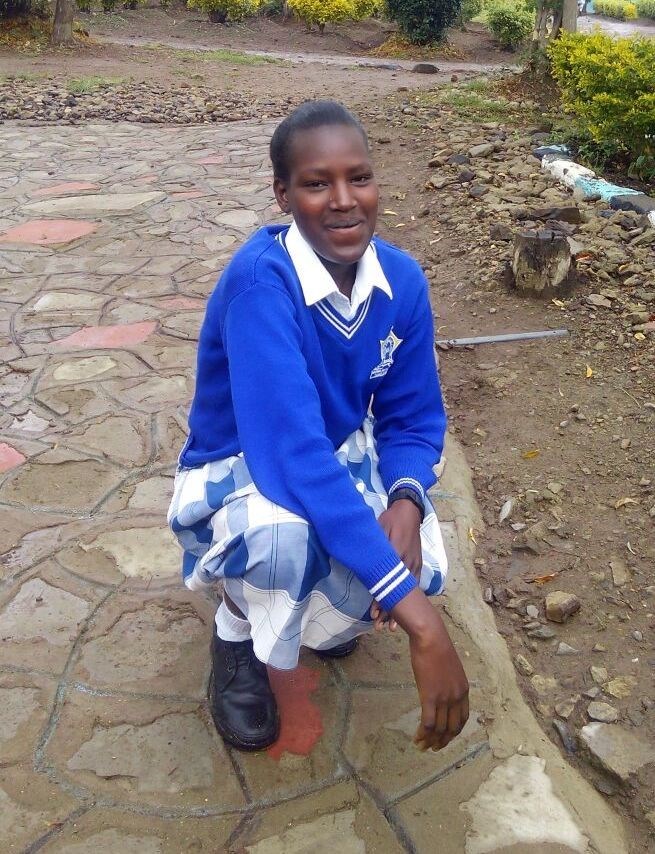Mountains are formed as a result of the movement and interaction of the earth’s tectonic plates; these plates are in constant motion, and their interactions with plate boundaries leads to formation of various geographical features including mountains(1).Plate tectonics is a theory that describes the earth’s lithosphere is divided into several large and small pieces called tectonic plates(2).The process involves formation of mountains in reaction to plate tectonics. The main types of plates are convergent, divergent and transform. This where the interactions of plates takes place to form mountains.-Convergent – Subduction plate boundaries. Convergent boundaries are locations in the lithosphere where two plates move toward each other leading to high levels of tectonic activities and subduction is where one of the plates goes under the other plate.(1)Most common plates are formed in these types of method. This is where two tectonic plates move towards each other(2).When an oceanic plate collides with another oceanic plate or a tectonic plate the denser plate is forced beneath the less dense plate and this process is known as subduction(2).The subducting plates begin to melt as it descends on the earth’s mantle. The molten material can rise through the overlying plates create a volcanic
plates begin to melt as it descends on the earth’s mantle. The molten material can rise through the overlying plates create a volcanic  mountain. A volcano is a feature on the earth’s crust where molten rock is squeezed out onto the earth surface.(5)This molten rock is known as magma(5).Volcanoes come in different shapes and sizes but mostly they are conical in shape(5).Example is Mt Kilimanjaro and Egon in east Africa.
mountain. A volcano is a feature on the earth’s crust where molten rock is squeezed out onto the earth surface.(5)This molten rock is known as magma(5).Volcanoes come in different shapes and sizes but mostly they are conical in shape(5).Example is Mt Kilimanjaro and Egon in east Africa.
1.How Are Mountains Formed? – WorldAtlas
2.Plate Tectonics (nationalgeographic.org)
3.What is a Convergent Boundary? – WorldAtlas
4.Introduction to Convergent Plate Boundaries (thoughtco.com)
5.Plate Tectonics and Volcanic Activity (nationalgeographic.org)

